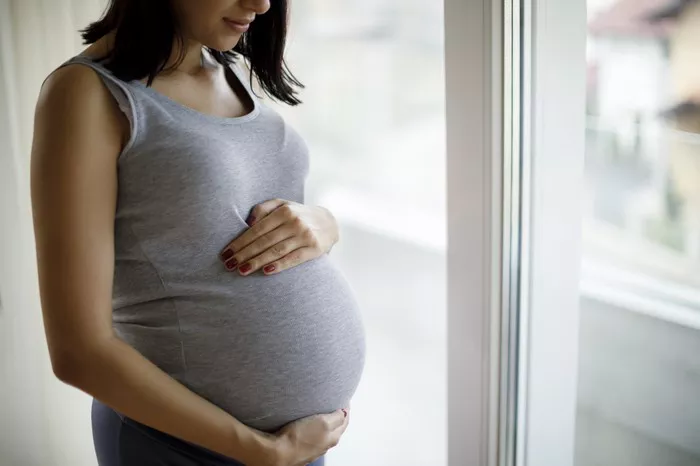Preeclampsia, a severe complication during pregnancy, affects one in 20 pregnant women and causes 70,000 maternal deaths and 500,000 infant deaths worldwide each year. It is a high blood pressure disorder that can be fatal for both mothers and babies.
Until recently, there was no way to predict who might develop preeclampsia. However, new blood tests now offer hope in predicting and managing this dangerous condition.
Dr. S. Ananth Karumanchi from Cedars-Sinai in Los Angeles emphasizes the importance of early detection in pregnancy to prevent adverse outcomes for both mother and baby.
Understanding Preeclampsia
Preeclampsia can occur in the second half of pregnancy or the postpartum period. Its exact causes remain unknown. Symptoms include high blood pressure, protein in the urine, severe headaches, vision changes, nausea, and sudden swelling in the face and hands. It is diagnosed by checking for protein in the urine and measuring blood pressure.
The condition can rapidly worsen, leading to organ damage, stroke, preterm birth, and slow growth in the baby. The American College of Obstetricians and Gynecologists advises low-dose aspirin for pregnant women with risk factors like chronic high blood pressure, diabetes, or kidney disease.
The primary treatment for preeclampsia is delivering the baby or managing the condition until delivery is possible. Severe cases require hospitalization and medications to lower blood pressure, prevent seizures, and aid fetal lung development.
New Blood Tests Explained
The new tests measure biomarkers for preeclampsia in the blood, providing objective data on the condition. Currently, only a few tests are available.
Labcorp offers a test for any pregnant woman between 11 and 14 weeks of gestation. It measures four early pregnancy biomarkers to determine the risk of developing preeclampsia before 34 weeks. Two other tests, one by Labcorp and another by Thermo Fisher Scientific, assess hospitalized patients in the second and third trimesters for severe preeclampsia risk within a few weeks. More tests are in development.
Eleni Tsigas, CEO of the Preeclampsia Foundation, highlights the significance of these advancements. She lost a baby and nearly died due to undiagnosed preeclampsia two decades ago and developed it again in her second pregnancy. These new tests provide crucial insights for doctors, especially in complex cases involving preexisting conditions like high blood pressure or obesity.
Considering the Tests
Tsigas advocates for the tests, stating she would request them if pregnant today. Dr. Karumanchi adds that while there is no immediate therapy, doctors can monitor high-risk patients more closely and provide reassurance to those at low risk. The tests may also expedite the development of new treatments by identifying at-risk patients for clinical studies.
Despite their potential, some OB-GYNs may be slow to adopt the new tests. Tsigas urges against waiting, citing the high mortality and morbidity rates associated with preeclampsia.
“You just have to look at the mortality and morbidity rates related to preeclampsia to know that clearly we have work to do,” she said. “So I don’t think there’s a downside to adding tools to a nearly empty toolbox.”
The Associated Press Health and Science Department receives support from the Howard Hughes Medical Institute’s Science and Educational Media Group. The AP is solely responsible for all content.


